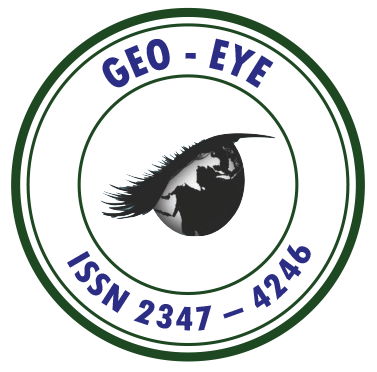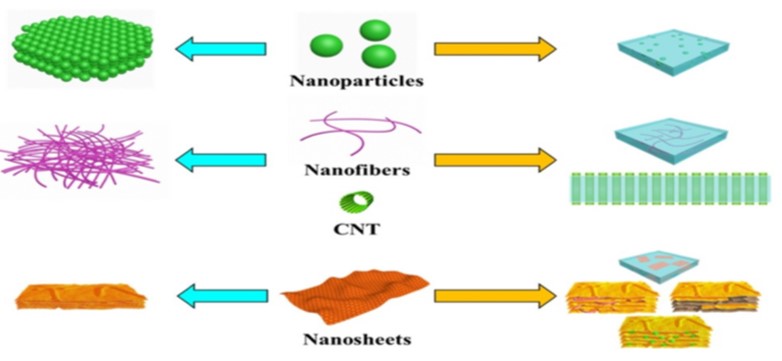
Geo-Eye
Department of Geography & GIS

Department of Geography & GIS

Geo-Eye
Year: 2022, Volume: 11, Issue: 1, Pages: 16-21
Original Article
P Jayashree1∗, R Ramya2, V Minutha2
1 Professor, Department of Studies in Geography, University of Mysore, Mysuru, 570006, Karnataka, India
2 Guest Faculty, Department of Studies in Geography, University of Mysore, Mysuru, 570006,
Karnataka, India
*Corresponding author email: [email protected]
Received Date:01 March 2022, Accepted Date:28 May 2022
Water is one of the essential companions of life on earth. During the phases of creation, evolution and continuity of life on earth, water remained as its most vital component. Clean and fresh water is essential for the existence of life. Potential water scarcity is being recognized as a threat to human activity. Water resources continue to diminish due to overuse, waste, and pollution. The current water treatment capacities for securing clean water will be unable to meet the needs of the growing population. Clean drinking water is becoming an increasingly limited resource in many parts of the world and as consequence water purification technologies are gaining major attention worldwide. Sustainable development of water treatment technologies requires innovative techniques to provide safe drinking water in a cost and energy efficient manner. Against this background, the adaptation of highly advanced, Nanotechnology in particular, offers the potential of long-term solutions to increase energy efficiency and lower costs, through the adaptation of advanced filtration materials that enable greater water quality and reuse. The present study aims to understand the filtration capacity of the units that are located in the study area, to study the nanotechnology used in filtration of drinking water, and how nanotechnology impact on environment in the study area. The present study is based on both Primary and secondary source data. The study was conducted in Mysore city; primary data have been collected from field survey and personal observation. Data is analyzed through simple quantitative techniques like Pearson’s correlation coefficient. The result show that the role of nanotechnology in water treatment is overestimated; while advantages are not more than theoretical assumptions, while the disadvantages are almost certain. Waste waters stay toxic after treatment by nano materials.
Keywords
Nano Technology, Pearson's Correlation, Filtration
© 2022 Jayashree et al. This is an open-access article distributed under the terms of the Creative Commons Attribution License, which permits unrestricted use, distribution, and reproduction in any medium, provided the original author and source are credited.
Subscribe now for latest articles and news.